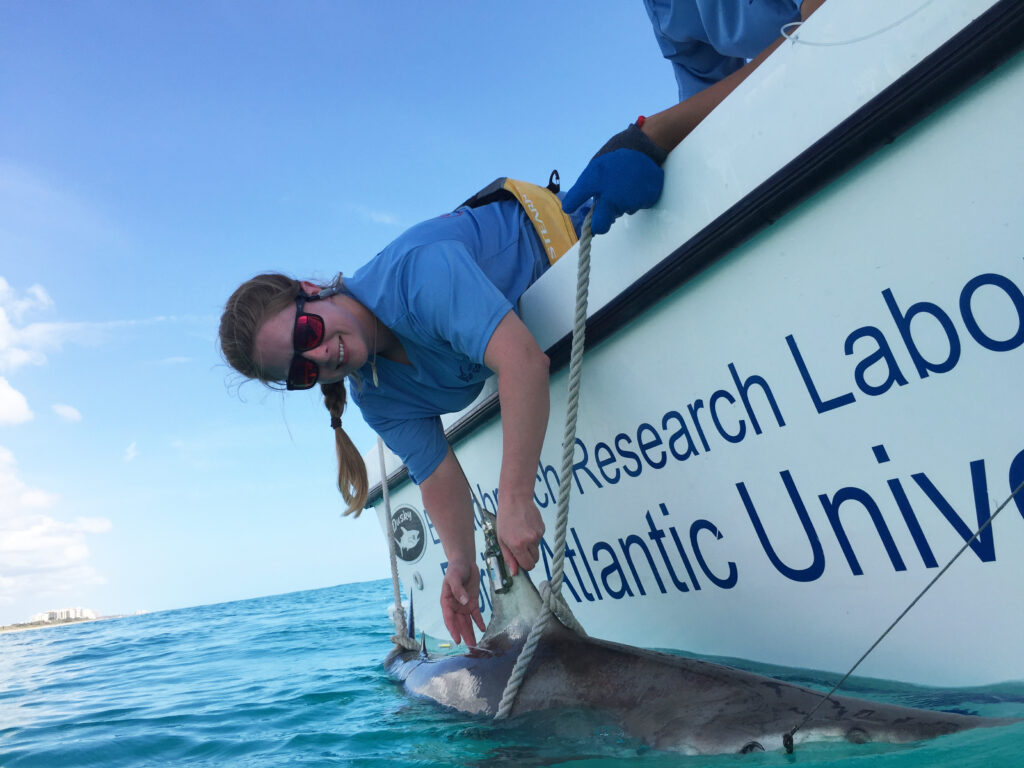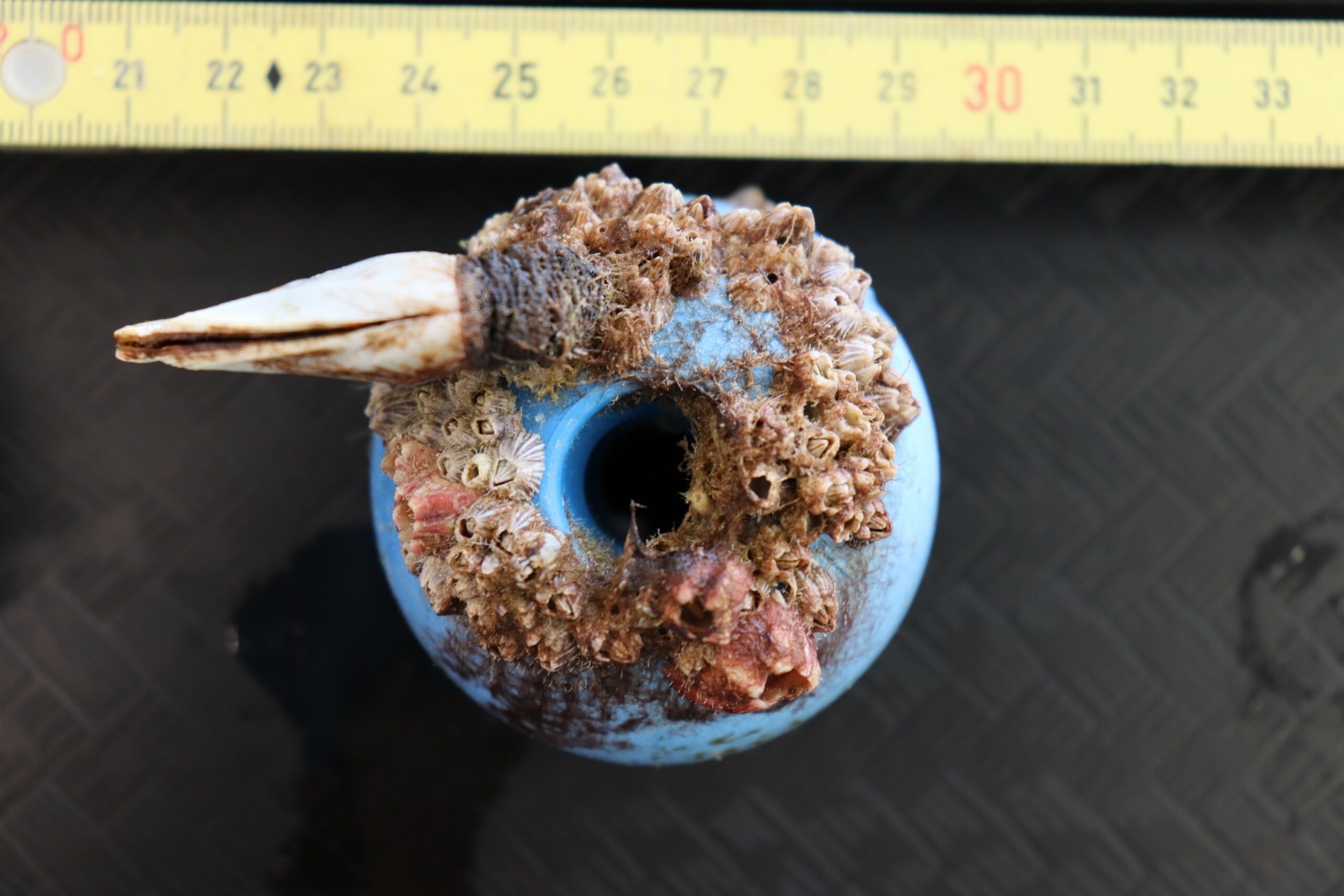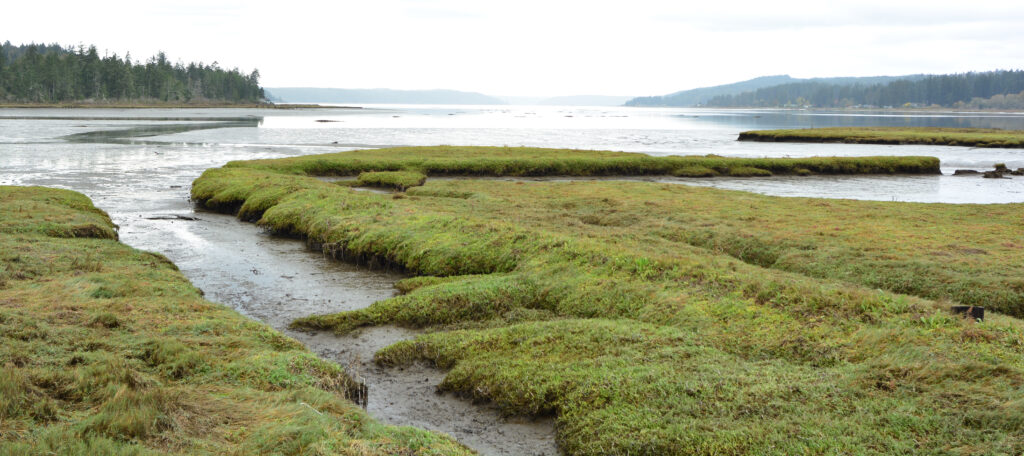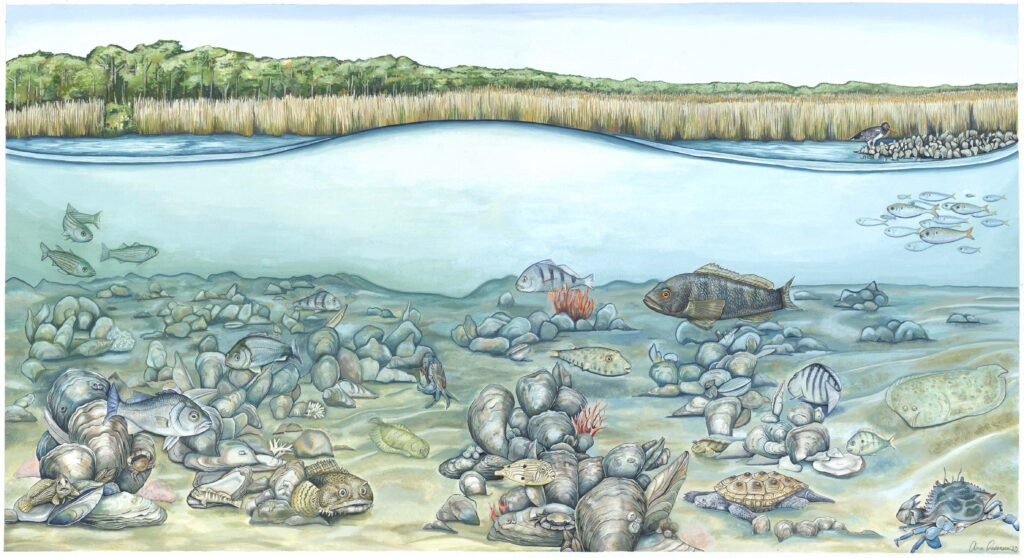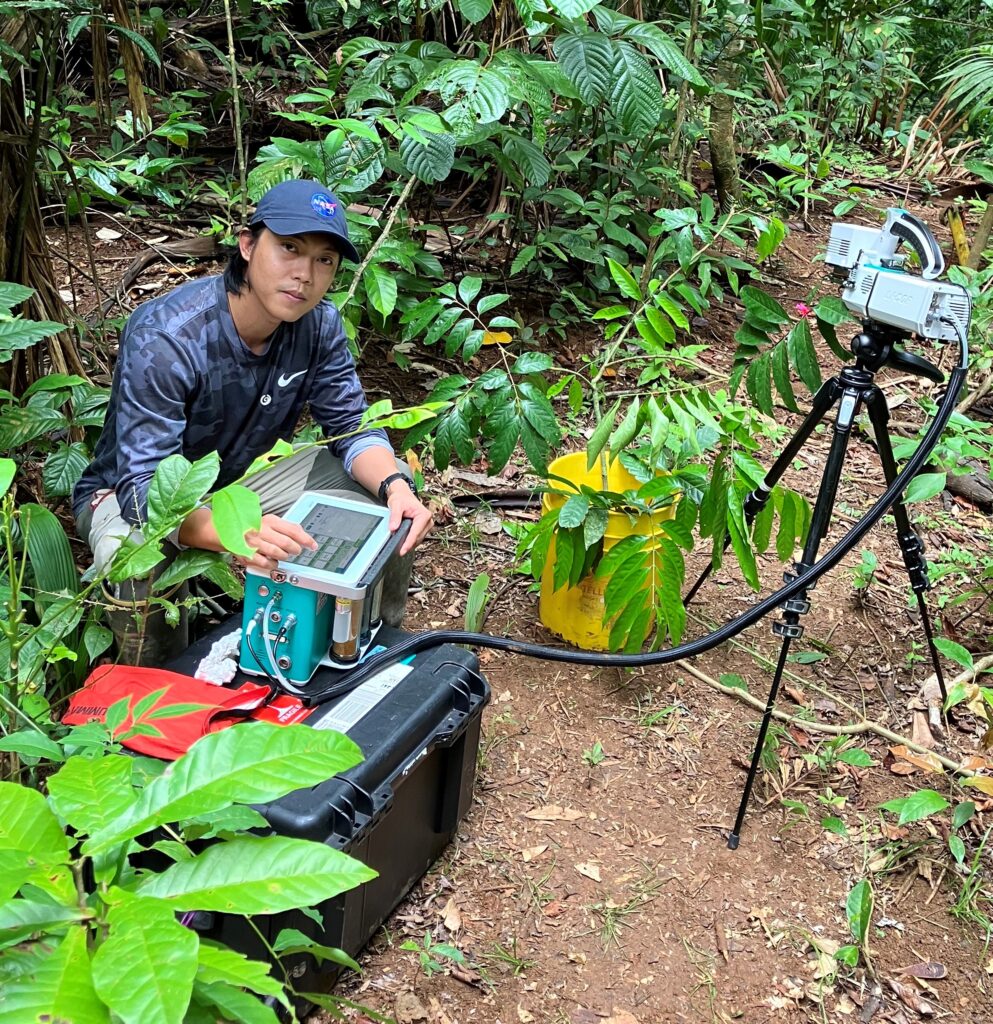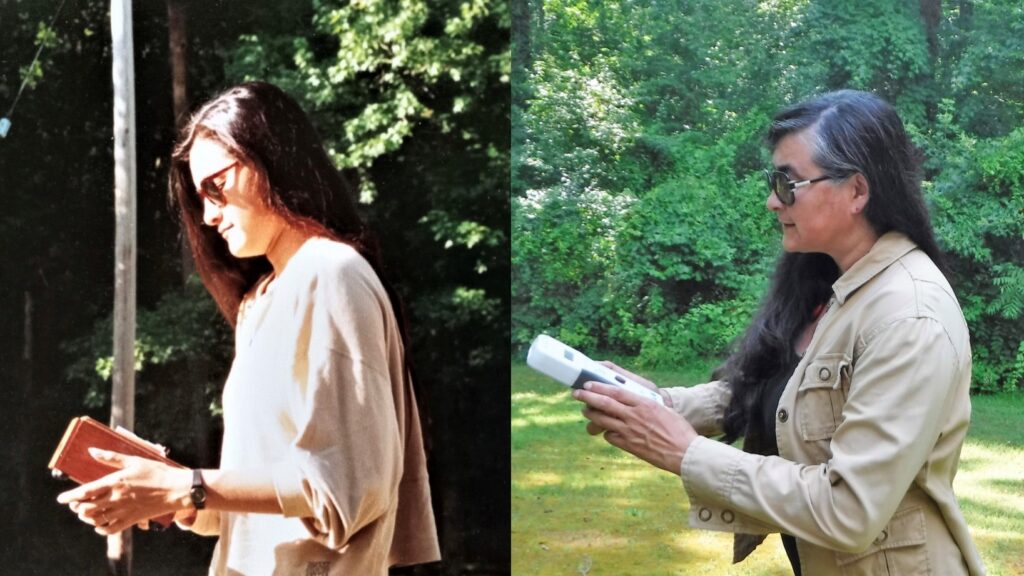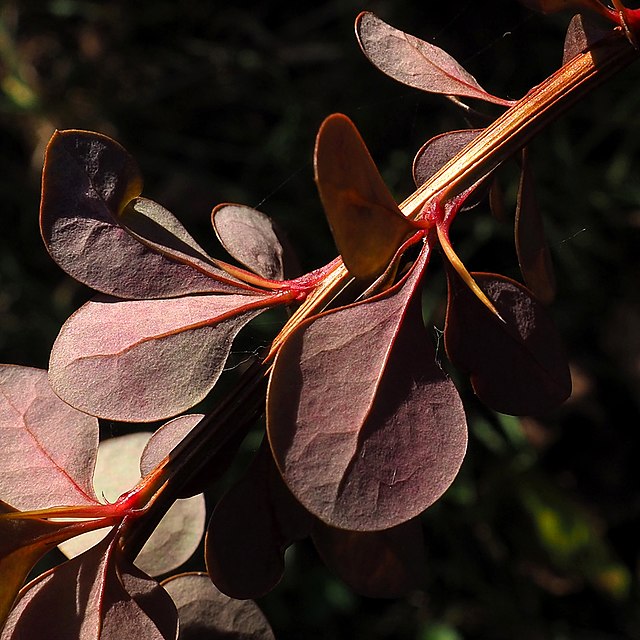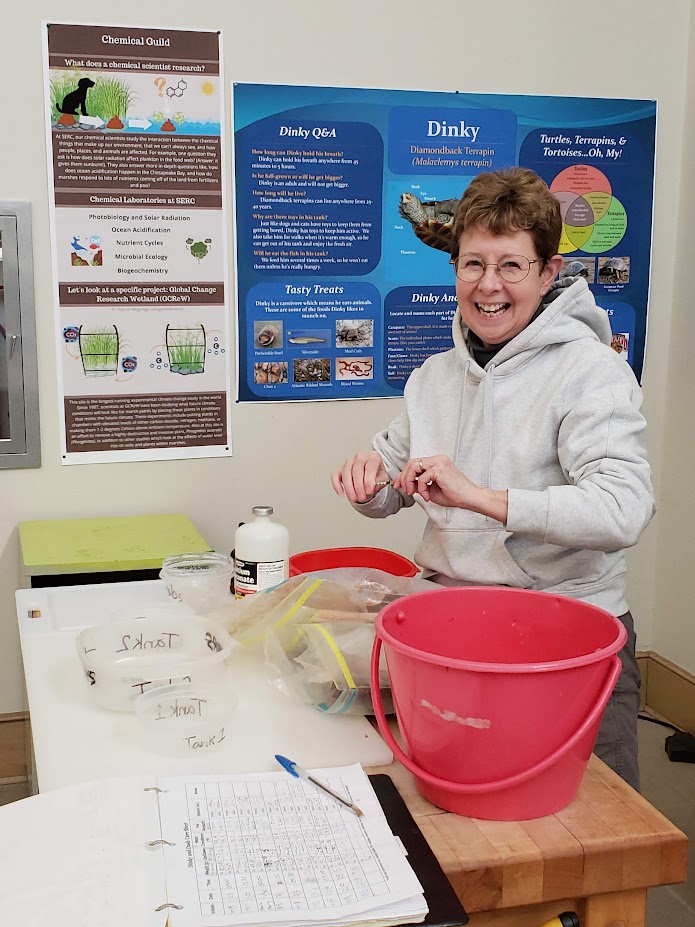by Sara Aoki
Beth Bowers follows the journeys of aquatic animals, using tags that transmit sound signals. As a new postdoc in SERC’s Fisheries Conservation Lab, she’s now using her skills to study how offshore wind farms could impact marine life along the Atlantic coast. Her specialty is “acoustic telemetry”—a technology where scientists outfit animals with special acoustic tags to track their movements underwater. By knowing where animals move, feed and breed, governments can make better decisions about how we develop renewable energy while minimizing impacts to the environment.
In this Q&A, Beth explains how acoustic telemetry works, her hopes for the future and advice for aspiring scientists. Edited for brevity and clarity.
Click to continue »
